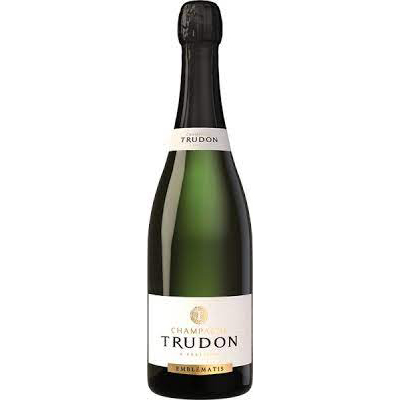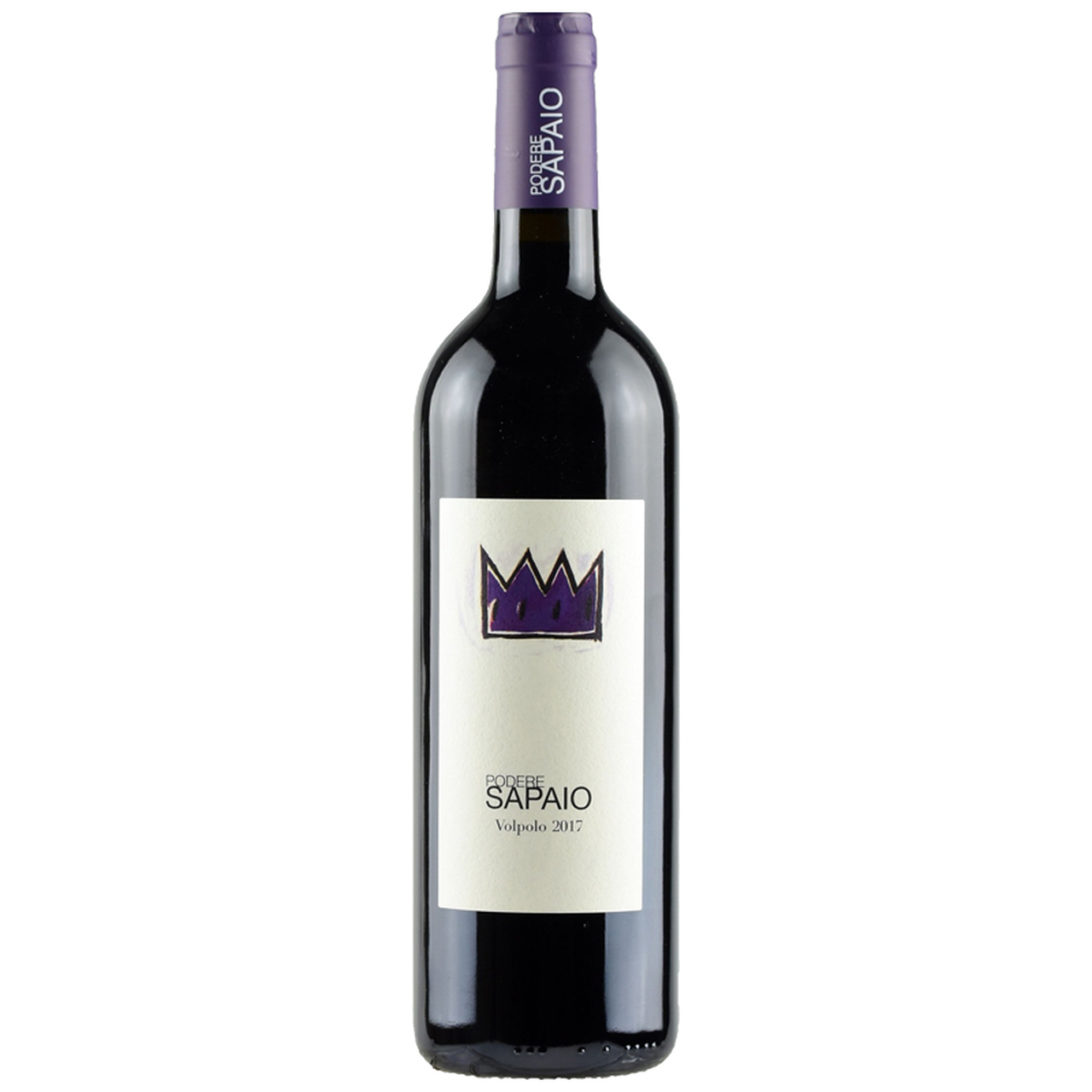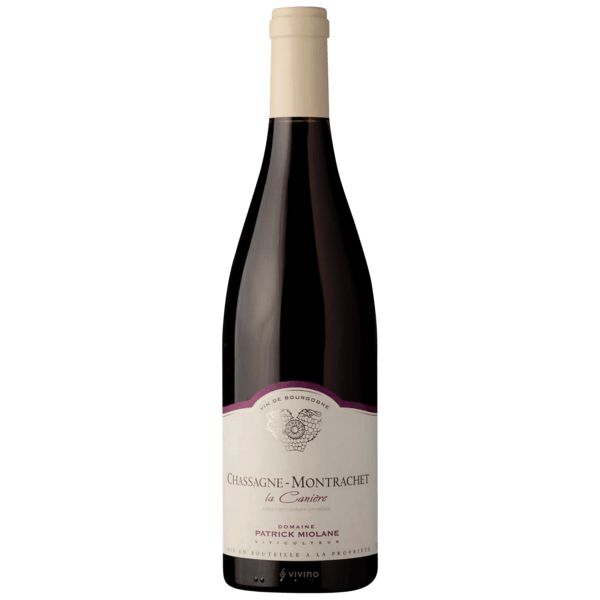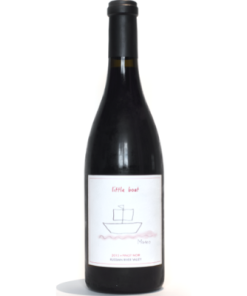-
×
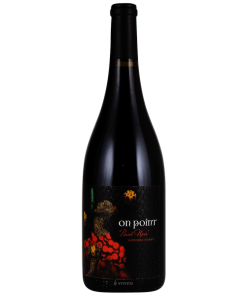 2021 Fulcrum On Point Pinot Noir
1 × $39.99
2021 Fulcrum On Point Pinot Noir
1 × $39.99
Trudon Champagne Rm “750ML”
Trudon Champagne Rm “750ML” Emblématis shows a pale yellow colour with silver tints, clear and shining. It is lively with fine and light bubbles that feed a continuing ring.
At first nose, Emblématis evokes smells of quince, marmalade, clay soil, fleur de sel. When aerated, it turns to tropical notes of mango, orange, ginger, apricot, peach, with perfumed hints reminding lime tree and buttercup.
Its approach in the palate is soft and fresh with a creamy and melted effervescence. Emblématis further develops with some pulpous and fleshy matter, raised by a fresh and orangey acidity. The mid-palate is orchestrated by a clay-limestone minerality providing patina, elegance and a fruity resonance. The finish balanced with freshness suggests an ultimate saline sensation strengthening its fruity persistence deliciously melted.
This is the champagne faithful to the vines of our vineyard. It counts a majority of Meunier and is skillfully accompanied by Pinot Noir. To continue our House style, it contains 30 to 40 % of reserve wines.
White Wines
The white wines that are made in Central Italy are not flashy or famous, but they can certainly be delicious. This area is known for making clean, light, white wines that are refreshing. You will not find many famous grapes grown in this region, but you will find some great values. Italian white wines can be very frustrating and confusing. They do not make many wines from grapes that most people are familiar with. However, some of the local grapes that are used can make wines that are elegant, refreshing, and fun.
A lot of the really great white wines from Central Italy are going to be simple and light. They do not have a ton of strong fruit flavors, but can often produce subtly beautiful flavors of tart stone fruits, white flowers, and often almonds. Keep your eyes open for the underrated wines of Verdicchio di Matelica or Verdicchio dei Castelli di Jesi.
The production methods used to make white wine feature a number of key differences from those used to produce red wine.
By far the biggest difference between the two production methods has to do with the type of taste winemakers are trying to achieve. As noted above, red wines typically follow a different set of taste guidelines than that of white wine. The rich, bold, and strong flavors of red wine are achieved by increasing oxygen exposure, which rids the wine of the fruity, florally overtones that are intrinsic to the grapes. In order to attain this increased oxygen exposure, red wine is typically aged in oak barrels, since the pores of the wood allow oxygen to circulate through the wine.
Related products
Deal
Wines!
Wines!
Best Sell Pinot Noir
As Good As California Pinot Noir Gets Very Limited.
